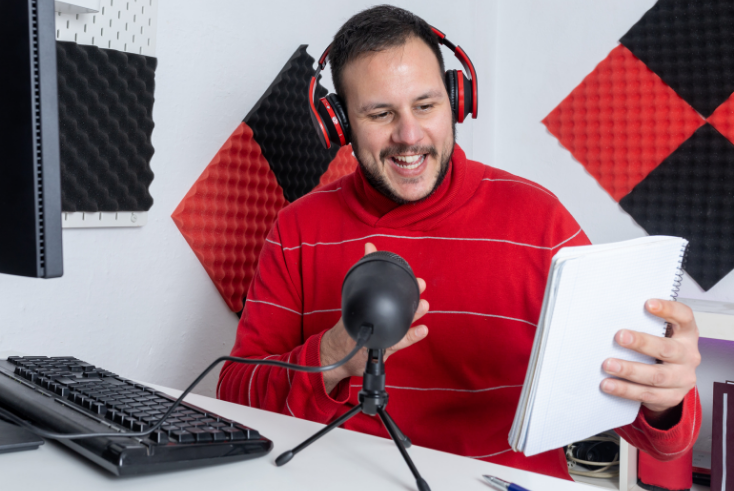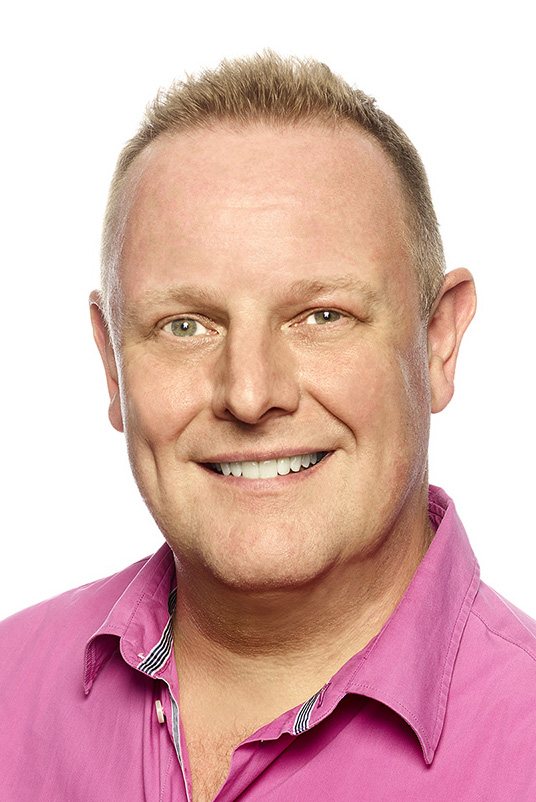Don’t mistake creative consistency for reusing old copy in radio

Opinion
Radio brands have loyal audiences and advertisers must consider how much time is spent listening when running commercial campaigns.
The audio landscape is evolving faster than ever with an increasing opportunity to blend together mass-market communication through FM and DAB with the targeting capabilities of a radio station’s IP audience. This opens up a range of creative opportunities which are often unexplored.
It is worthwhile reminding ourselves why audio is such an amazing medium. In addition to its flexibility, resilience, agility and reach, advertisers are able to create compelling content that audiences trust. There are multiple creative tools available to develop effective radio commercials, such as the use of music, voice, humour, a sonic brand device, a recognisable strapline, creating a brand character and linking the creative in with TV etc.
The recent Big Audio Datamine study conducted by Radiocentre demonstrates the top 10 creative attributes, but also place emphasis on creative consistency.

However, while there is a benefit in consistency, this doesn’t mean copy needs to remain the same. Radio stations have huge station loyalty, so it is worth considering the time spent listening.
In the most recent Rajar release, commercial radio’s combined hours increased by 1.1% quarter-on-quarter to 482 million, with some stations delivering incredible hours. The average Radio Borders listener for example, tunes in for 13.5 hours a week – the highest for commercial radio in the UK.
The time spent listening demonstrates the need to consider copy burn out, but another factor is the mood state of listeners. Research from Radiocentre shows that targeting messaging at relevant times helps turbocharge effectiveness. Speaking to people at relevant times endure beyond the moment to help build brand salience, with spontaneous advertising recall increasing by 56% and prompted advertising recall improving by 33%.
Creating a sonic brand identity
McDonald’s is a great example of a client who understands the medium and plays to its strengths, using an always-on approach promoting relevant products for the time of day. I doubt if there is anyone in the UK who can’t sing along to “I’m lovin’ it”, which is by far the longest running McDonald’s slogan in history. The “ba da ba ba ba” vocal hook, originally sung by Justin Timberlake, has grown more famous than Timberlake’s original hit.
Over time, McDonald’s has effectively evolved the brand trigger, using yawns for their breakfast menu, car horns for drive-through and kids for their Happy Meals. I often listen to radio stations overseas and it is comforting to hear this strategy play out worldwide.
 Steve Taylor
Steve TaylorMore recently, Just Eat has not only developed a strong audio identity, but also made it left, right and centre of their ads with Snoop Dogg’s version of “Did Somebody say Just Eat?”
The audio ads have an instant ‘visual transfer’ into their TV creative. Hearing the commercial on the radio makes you instantly think of the image of Snoop Dogg sitting on the motorbike in the TV ad, creating such a cost-effective way to amplify a message. This message also translates internationally, with listeners to radio in Australia hearing exactly the same Snoop Dogg treatment but with the words Menulog (following the acquisition of the brand by Just Eat in 2015).
At the start of the Covid-19 pandemic, even the Government had a consistent audio element, with the authoritative voice of Mark Strong’s communicating public health information. As we know all too well, the messaging has changed continually over the last two years, playing to radio’s ability to turn round audio at the eleventh hour to keep the nation informed.
This use of consistent and creative audio is nothing new – back in the days of Radio Luxemburg broadcasting to the UK, brands like Ovaltine and Listerine used radio to build their audio brand identity. This continues today, with the likes of CompareTheMarket, GoCompare, Autoglass, and WeBuyAnyCar.
Furthermore, taking a client’s message deep into the fabric of a station’s editorial through Branded Content also allows advertisers to take advantage of regional radio, benefiting from regional accents of presenters across the UK.
Targeting through IP
Radio is changing with IP listening and streaming figures continuing to increase. Covid has amplified this and, from a Bauer perspective, streaming reach and hours have again delivered double-digit year-on-year growth in December 2021 – up 12.5% and 11.9% respectively.
IP gives even more opportunities for targeting, and the use of different creative allows for greater personalisation. Brands are able to access first party data segments to differentiate audiences via demographics, time and day, location, device or even mobile carrier.
We recently worked with Golley Slater and A Million Ads to launch campaigns for the Welsh Government, Transport for Wales and Welsh Water, running copy voiced in English and Welsh. Using geo-targeting, Welsh creative was delivered to the heavier Welsh-speaking areas and English to the lesser.
What’s exciting is that the possibilities for audio advertising continues to grow. From being able to target through IP, or smart device to seeing the overall higher listening figures for radio and streaming, now is the time for advertisers to ensure audio is in their marketing mix and start getting creative.
Steve Taylor is commercial creative director at Bauer Media Group



